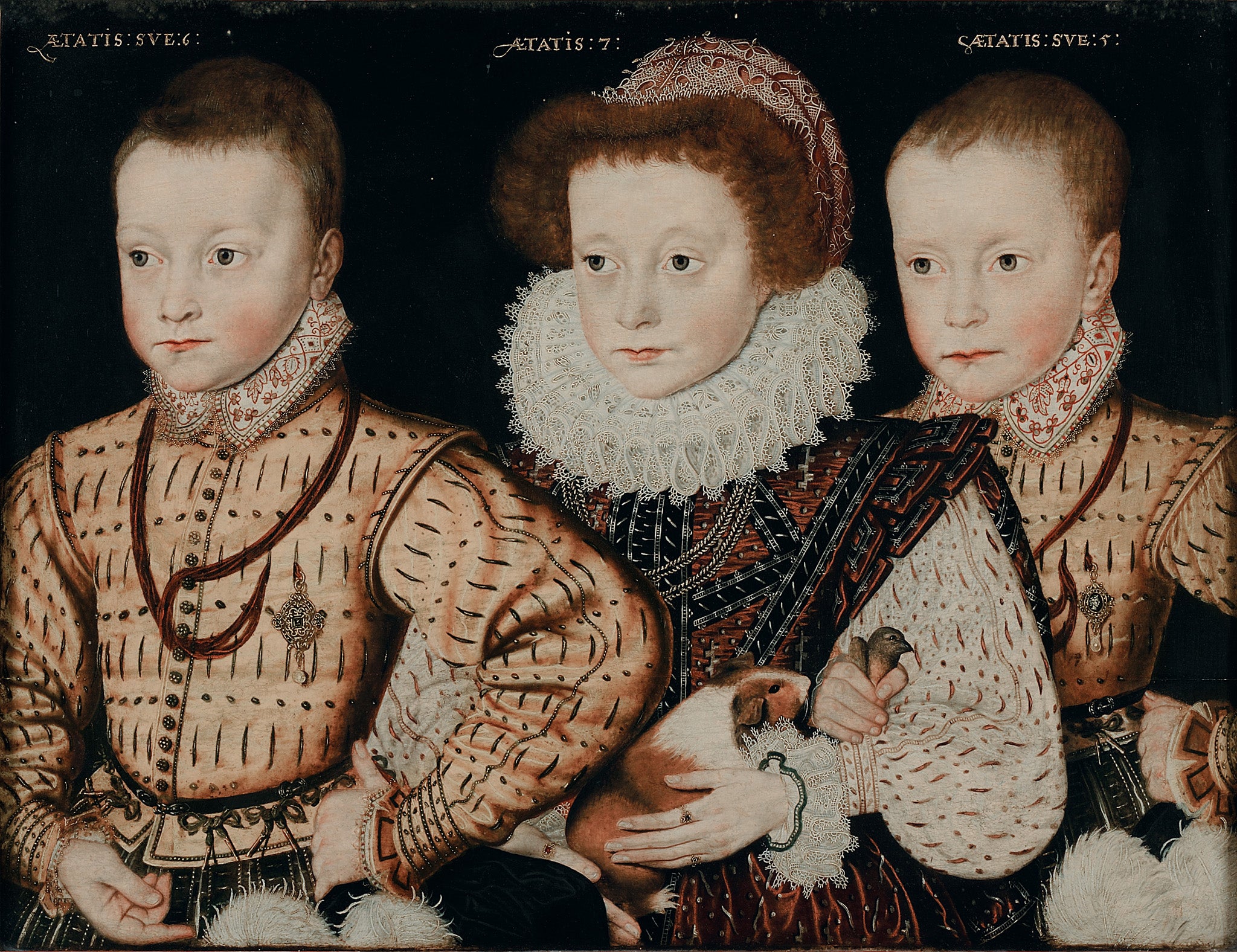National Portrait Gallery unveils earliest known portrait of a guinea pig

Your support helps us to tell the story
From reproductive rights to climate change to Big Tech, The Independent is on the ground when the story is developing. Whether it's investigating the financials of Elon Musk's pro-Trump PAC or producing our latest documentary, 'The A Word', which shines a light on the American women fighting for reproductive rights, we know how important it is to parse out the facts from the messaging.
At such a critical moment in US history, we need reporters on the ground. Your donation allows us to keep sending journalists to speak to both sides of the story.
The Independent is trusted by Americans across the entire political spectrum. And unlike many other quality news outlets, we choose not to lock Americans out of our reporting and analysis with paywalls. We believe quality journalism should be available to everyone, paid for by those who can afford it.
Your support makes all the difference.What is believed to be the earliest known portrait of a pet guinea pig has been uncovered by the National Portrait Gallery.
The painting, dated circa 1580, is by an unknown Anglo-Netherlandish artist and depicts three Elizabethan children, two boys and a girl.
The little girl at the centre of the group is cradling a brown and white guinea pig. The NPG claims it is “possibly the earliest known depiction of the animal in a portrait”.
The smallest boy in the picture holds a bird, possibly a finch, which was a particularly popular pet for children at the time.
The sitters are thought to belong to a wealthy family as they are expensively and fashionably dressed. The painting technique suggests it is an artist from England or the Netherlands.
Portraits of children were popular among the nobility and gentry in the sixteenth century across Europe, enabling families to document lineage and fertility, and to capture individual likeness, at a time when child mortality was high.
The guinea pig is among “the more exotic animals” featured in the NPG’s upcoming exhibition, Elizabeth I and Her People. Others include an elephant on a crest, a falcon, a ring decorated with a tiny depiction of a grasshopper and an intricate purse made in the shape of a frog.
William Cecil, Lord Burghley, is shown riding a mule and the Queen herself is depicted with an ermine and, in the recently discovered Isaac Oliver postcard-sized portrait Elizabeth I and the Three Goddesses, with a peacock.
Join our commenting forum
Join thought-provoking conversations, follow other Independent readers and see their replies
Comments